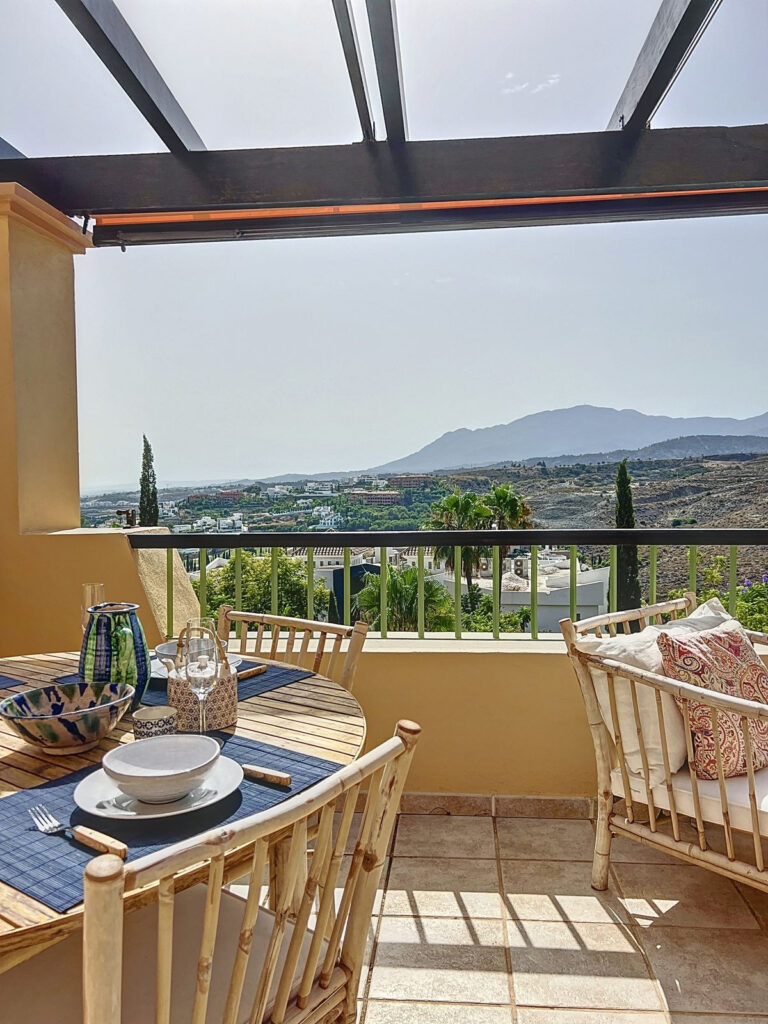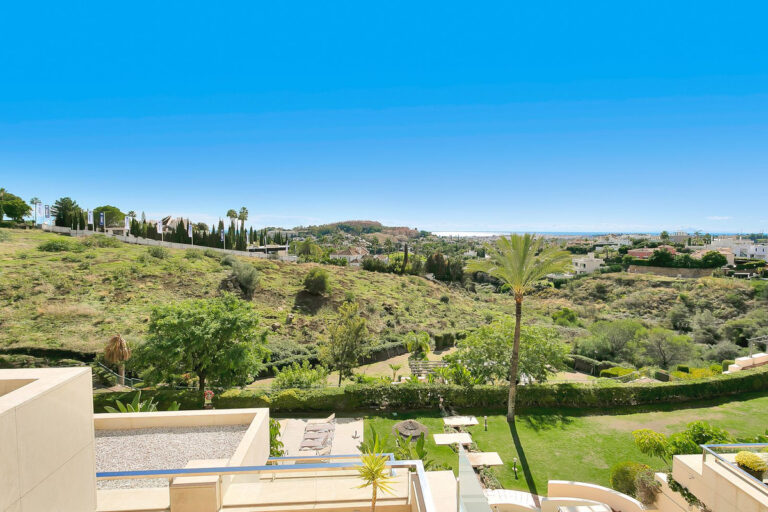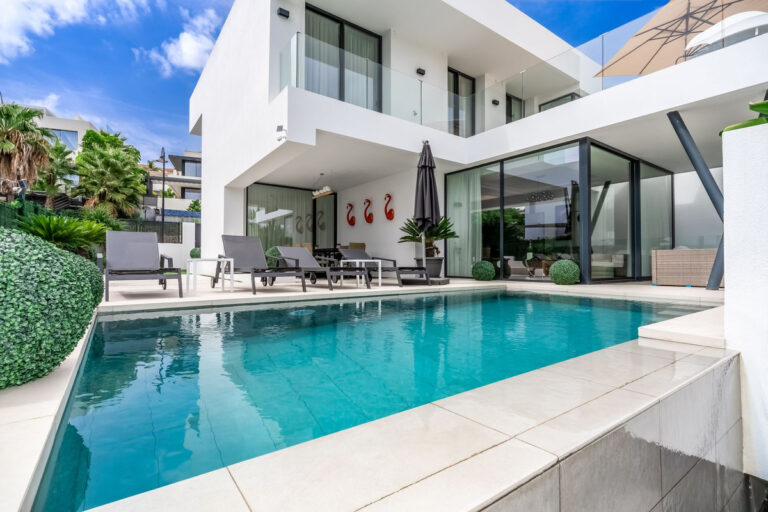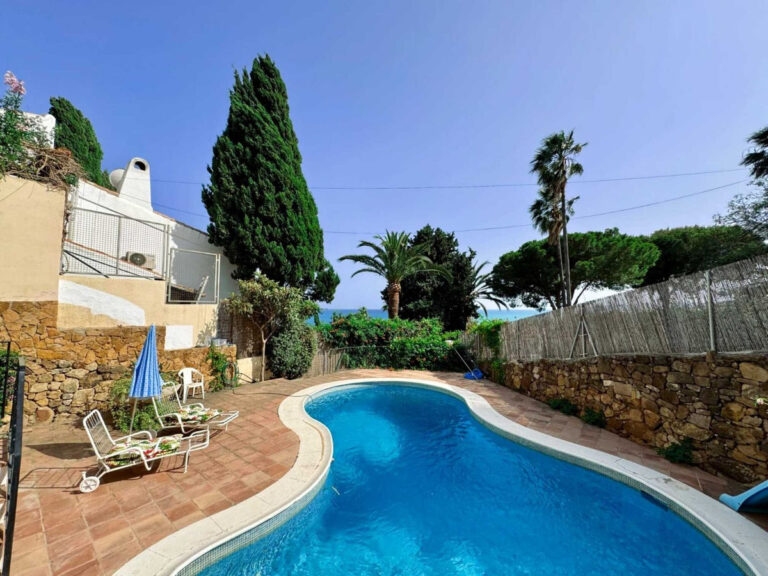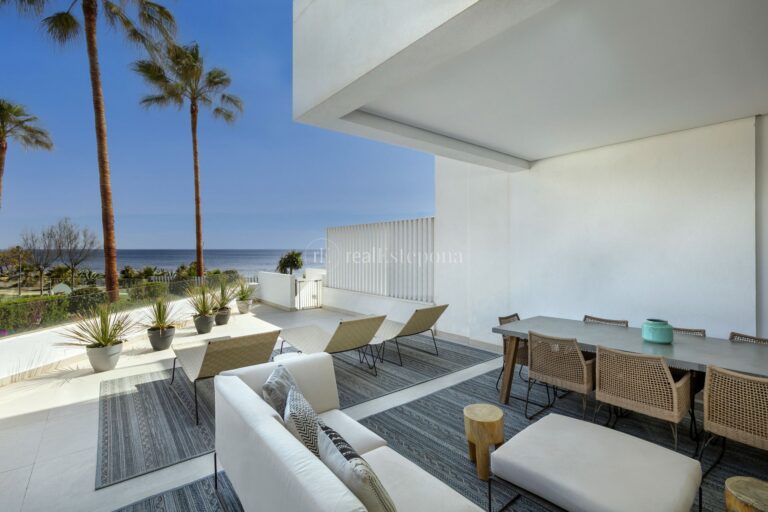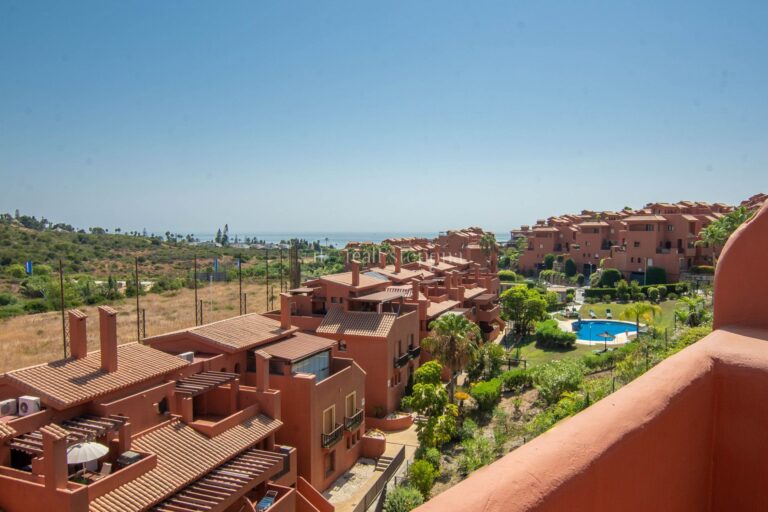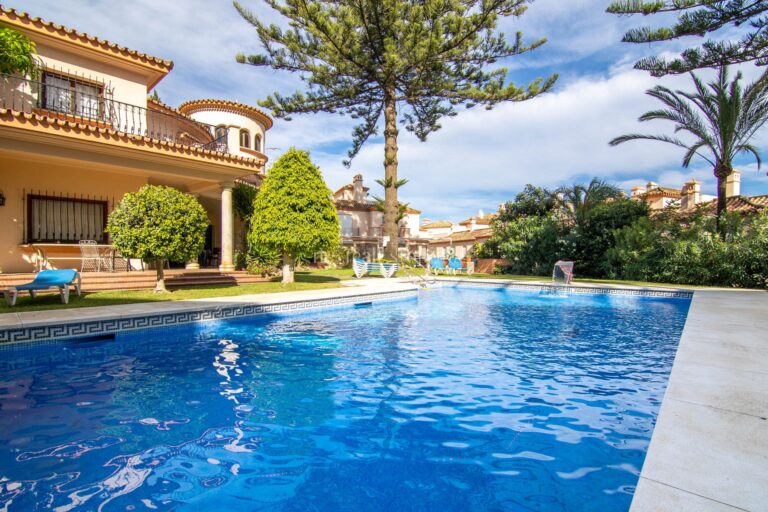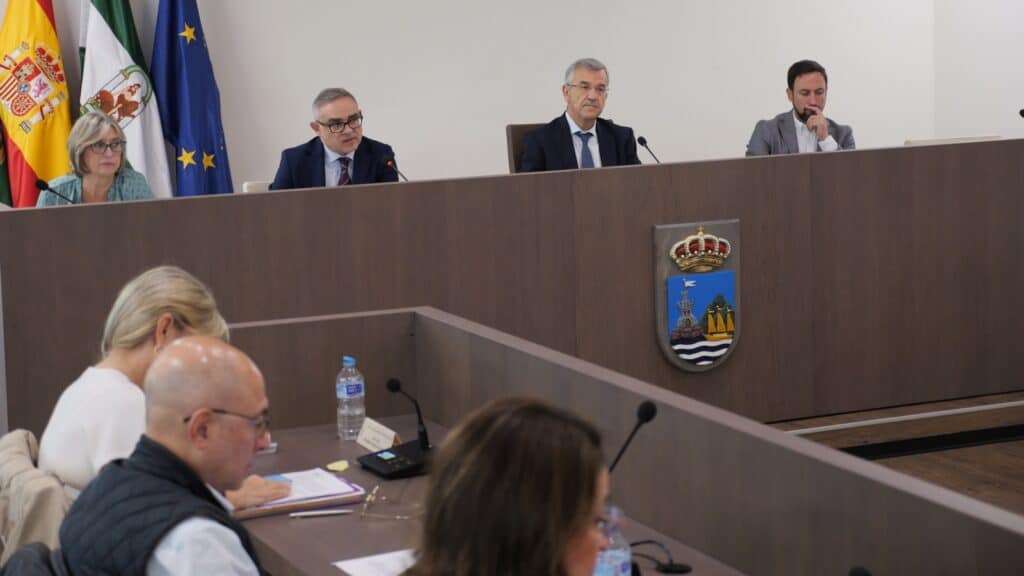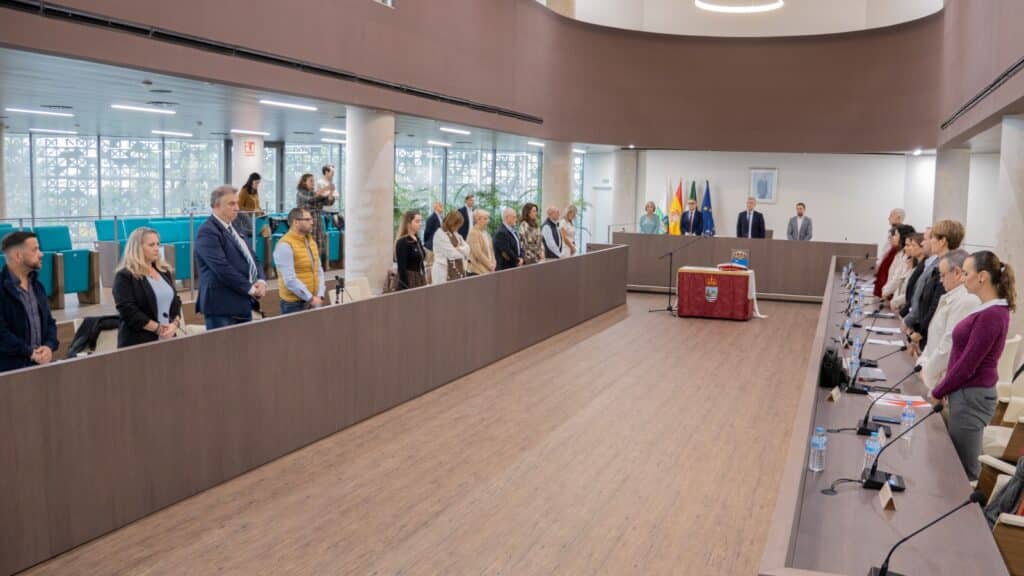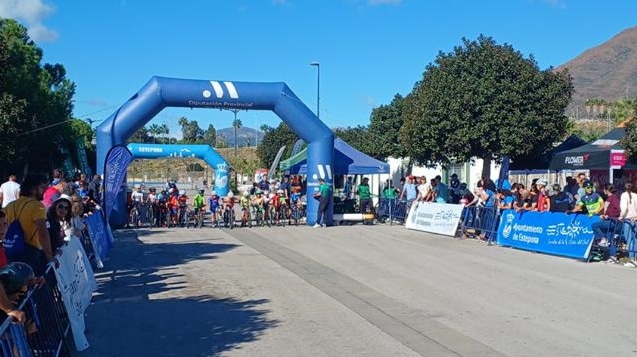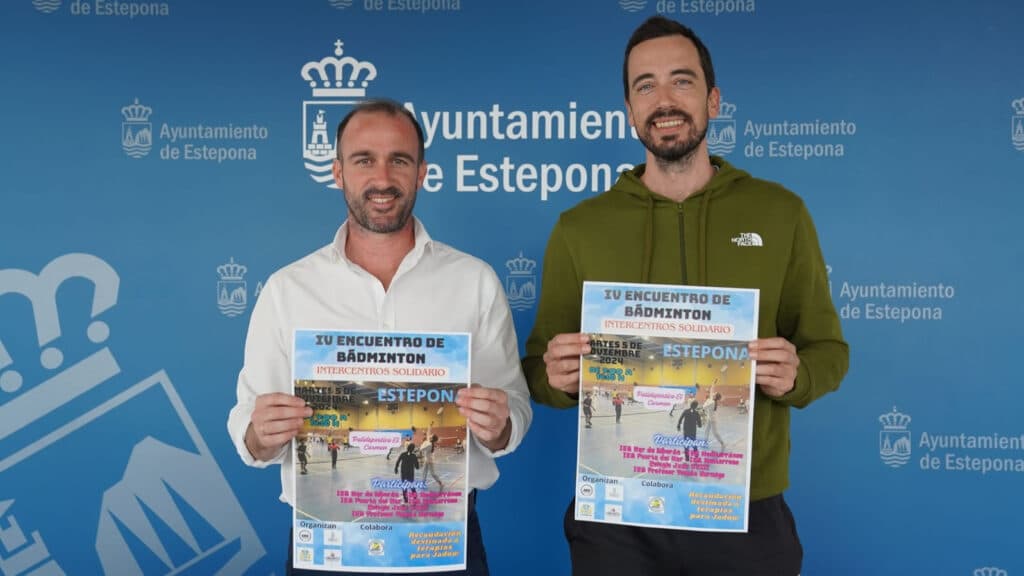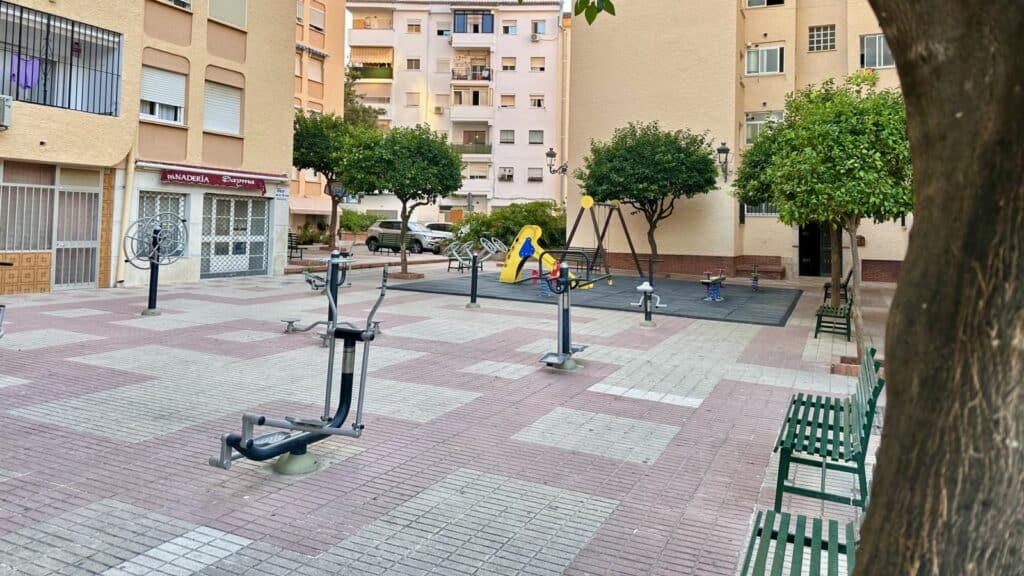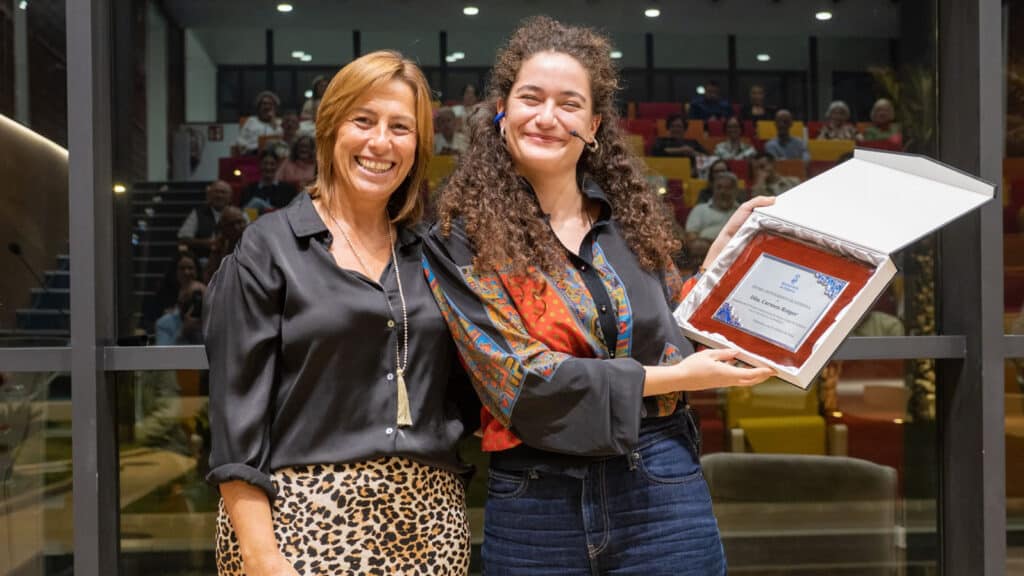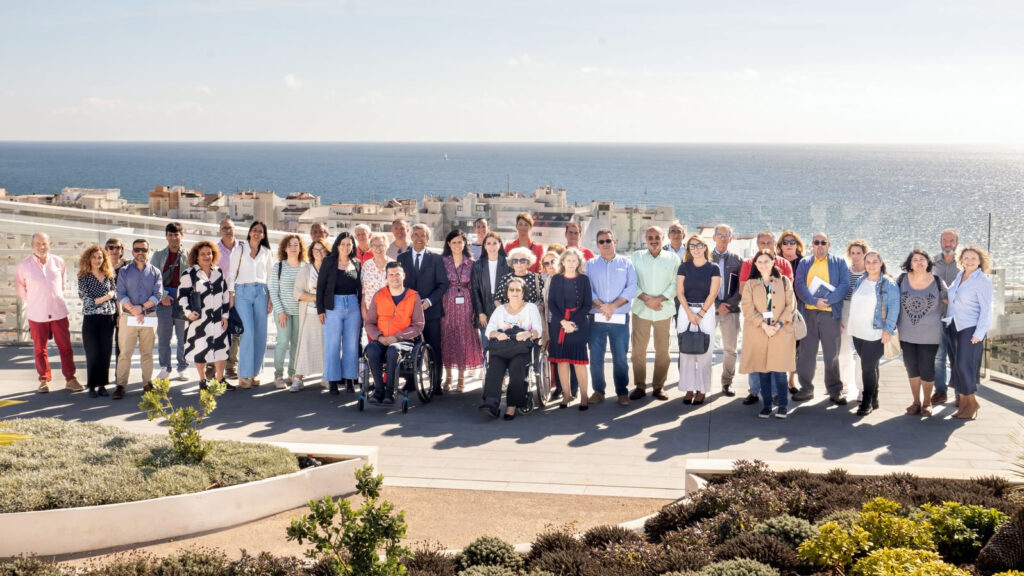The exhibition ‘Goya. Desastres de la Guerra’, organized by the Estepona Town Hall and Fundación MAPFRE, opens to the public at the Mirador del Carmen.
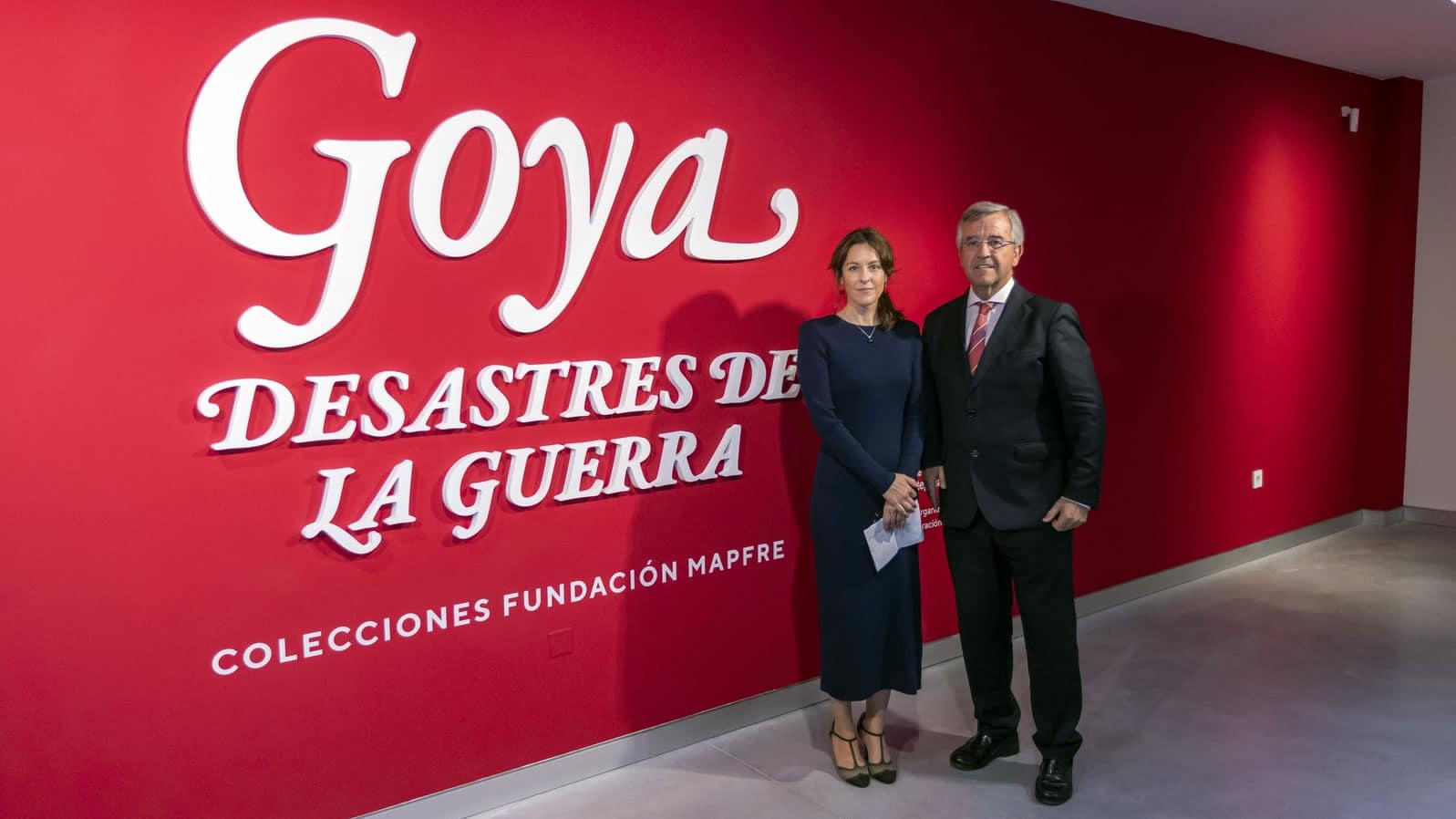
The new exhibition center, which began with an exhibition of Carmen Thyssen-Bornemisza’s pictorial collection, is consolidating its position as a national cultural reference.
-The Estepona City Council reports that the exhibition ‘Goya. Disasters of War. Collections MAPFRE Foundation’ is now open to the public at the Mirador del Carmen.
The exhibition, which can be visited until March 10, 2024, displays the 80 prints that Francisco de Goya y Lucientes made to express the pain and anguish he felt at the events of war and its consequences on the civilian population.
The Mayor of Estepona, José María García Urbano, thanked the MAPFRE Foundation for its collaboration in making this exhibition a reality, which is “a real cultural milestone” in the city due to the universal relevance of Goya. In this regard, he has indicated that “there is no doubt that this exhibition consolidates the Mirador del Carmen as an exhibition space of national reference” and has advanced that the Consistory will continue working for this new cultural facility to continue to evolve with the implementation of other projects, such as the music conservatory or the great library.
On the other hand, the curator of collections of Fundación MAPFRE, Leyre Bozal, said that “we are very honored to present the ‘Disasters of War’ by Francisco de Goya, one of the great artists of history, in the new Mirador del Carmen center. This space will undoubtedly become the nerve center of the city’s culture, and at Fundación MAPFRE we are happy to be able to contribute to this”.
These engravings constitute one of the most important parts of the collections and confirm the interest that Fundación MAPFRE has always had in works on paper and specifically in engravings. “Not in vain, after their acquisition in 2013, the Desastres joined other important corpus of prints that we already had in our collection, such as Pablo Picasso’s Suite Vollard or José Gutiérrez Solana’s prints,” added Bozal.
Goya’s modernity in depicting a war and its consequences is still in full force today. He is undoubtedly the first artist to do so without extolling the heroism of one side or the other, without taking sides. On the contrary, he shows the pain and barbarity of such an event, and in doing so, he universalizes it. Goya depicts what happened during the War of Independence, but in reality it could be about any war.
Goya’s ‘The Disasters of War’ is the first example in the history of painting where events such as war and its consequences are reflected not as heroic acts, but as the disaster and barbarism that they really are: fear, terror, hunger and poverty. Goya represents the war almost as if it were a chronicle and the facts are of such crudeness, that at the same time that they denounce, they seem to exclaim a strong cry for peace.
Unlike other prints of the time, where what stood out was the heroism of the contenders and the din of the battles, the Aragonese artist focuses on the point of view of the victims, something unprecedented until now in the history of painting. The victims and their suffering, but also the political criticism are the protagonists of these plates, which incites the viewer to reflect. It would seem that Goya has not only depicted the events of the War of Independence, but also announces and draws our attention to all wars and their barbarity, those that were to come, that are happening and continue to happen in different parts of the world.
Seven editions of ‘The Disasters of War’ are currently preserved. The fourth, which is part of the Fundación MAPFRE Collections, was produced in 1906 at the Calcografía Nacional. The print run was limited to 275 copies, on quality laid cream paper and very dark black ink.
The set of prints is usually divided into three parts: the first two [Disasters 1 to 64] constitute the ‘disasters of war’ themselves, while the third, the so-called ’emphatic caprices’ [Disasters 65 to 80], of a more allegorical nature, are understood as a political reflection on the absolutist government of Ferdinand VII after the end of the war and the withdrawal of the French troops.
The violence that Goya witnessed during the War of Independence prompted the artist to resume drawings, sketches and prints, an activity he had somewhat abandoned since 1799 when he painted ‘Los Caprichos’. This type of work, of a private nature, is an effective method through which to express the pain and anguish he felt at the events of the war and its consequences on the civilian population.
Although he did not publish them during his lifetime, probably due to the political situation, as his critical view of the conflict would have clashed with the commemorative wishes of King Ferdinand VII on his return to Spain, we know of a complete edition, bound, which he gave to his friend Ceán Bermúdez before his departure for Bordeaux in 1824. The handwritten title page of this album reads: “Fatales consequencias de la sangrienta guerra en España con Buonaparte. And other emphatic caprices, in 85 prints. Invented, drawn and engraved, by the original painter D.Francisco de Goya y Lucientes. In Madrid”. The exact chronological limits in the execution of the series are unknown, but it is usually dated between 1810, date that appears in three of the prints, and 1815.
Goya, along with El Greco, Velázquez and Picasso, is one of the great names in Spanish painting. A man of his time, his work nevertheless exceeds his era, and opens new horizons that make us understand not only the history of modern art, but also of contemporary art, both in Spain and universally.
The exhibition can be visited free of charge by those registered in the city. The price of the tickets will be 6 euros for general admission and 4 euros for reduced admission for non-registered residents. The exhibition hall will be open from Tuesday to Sunday, from 10.00 to 14.00 hours and from 16.00 to 20.00 hours.


